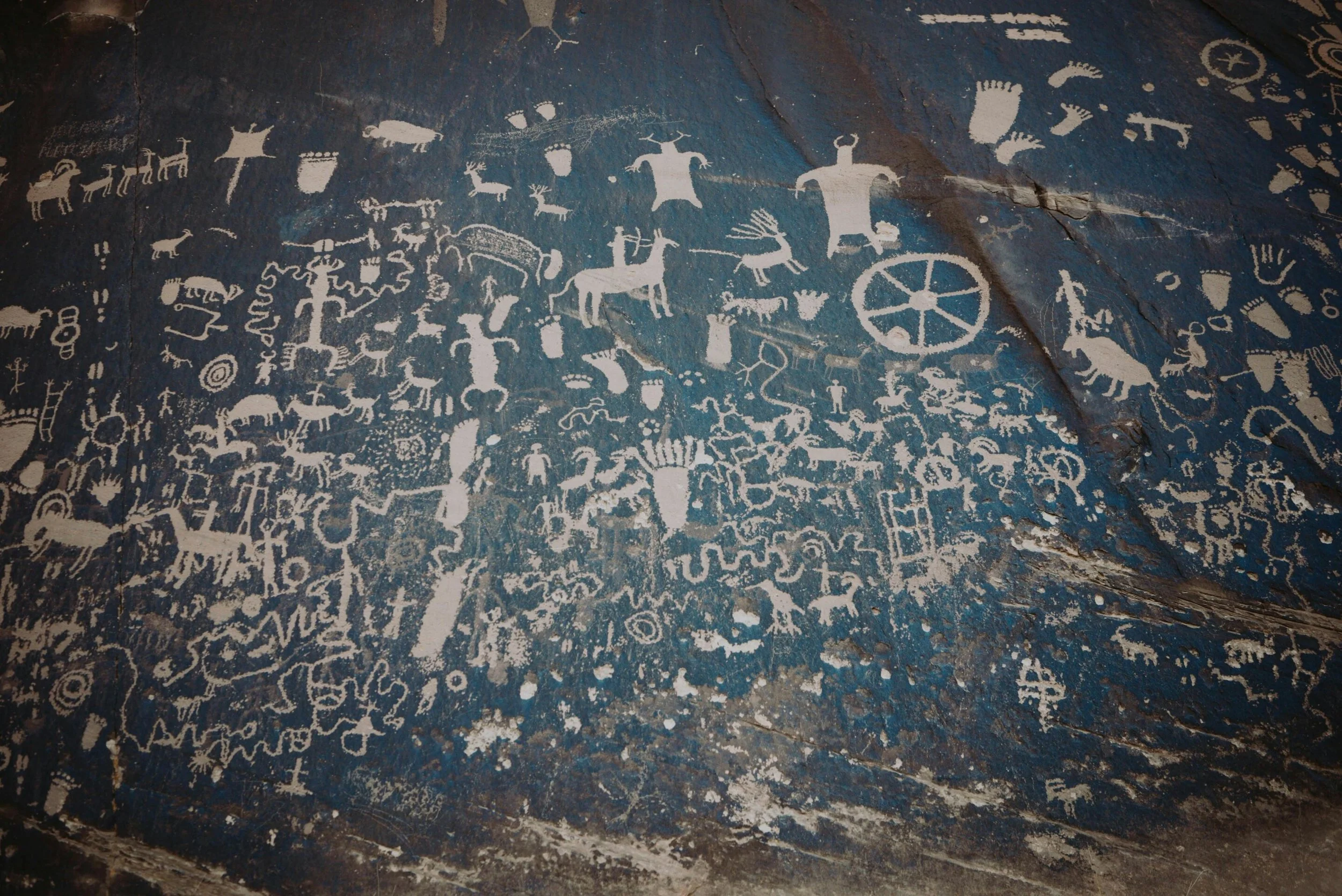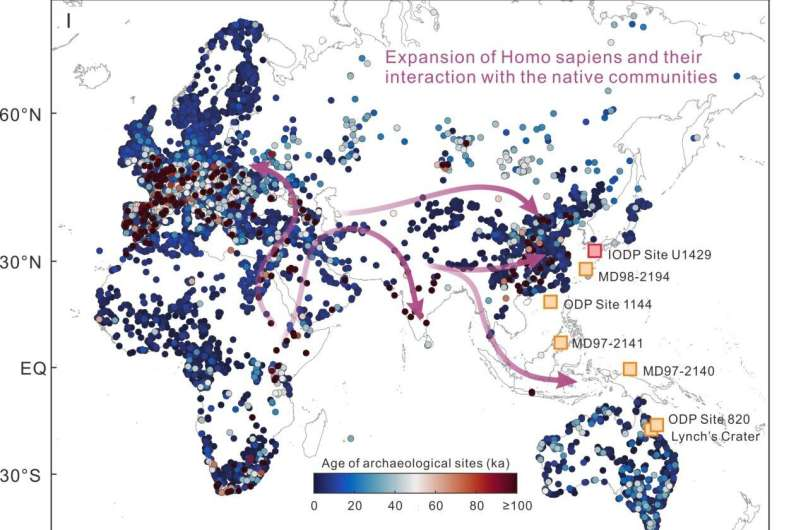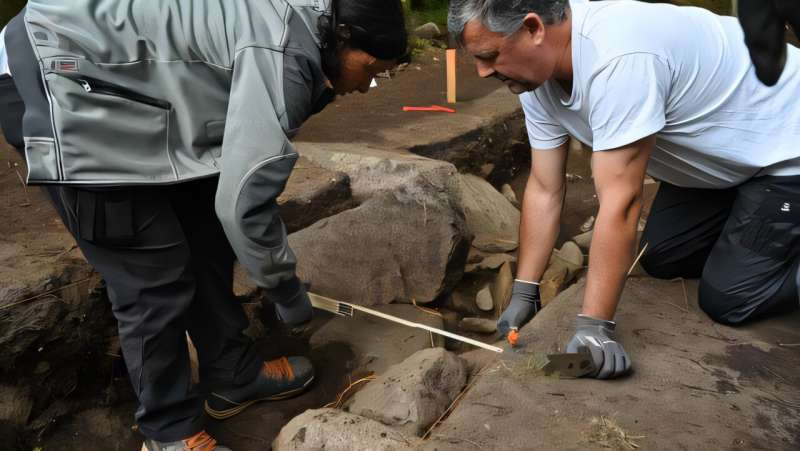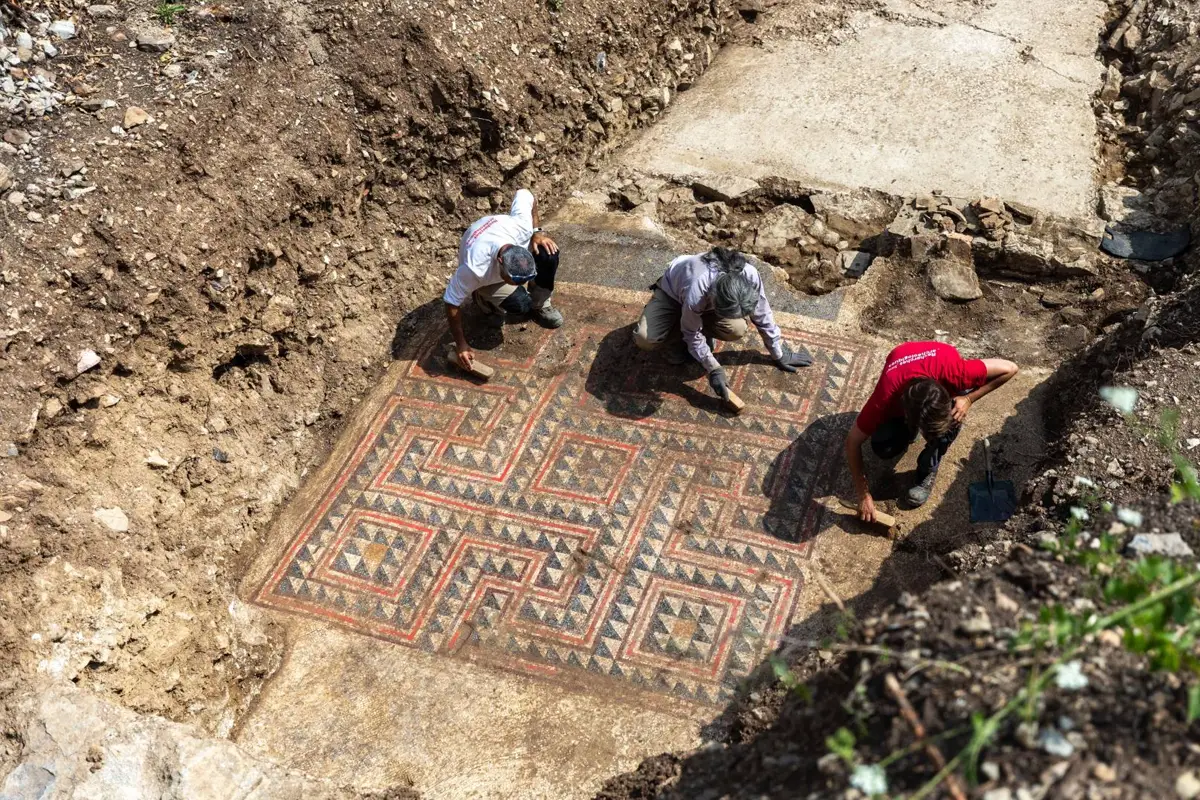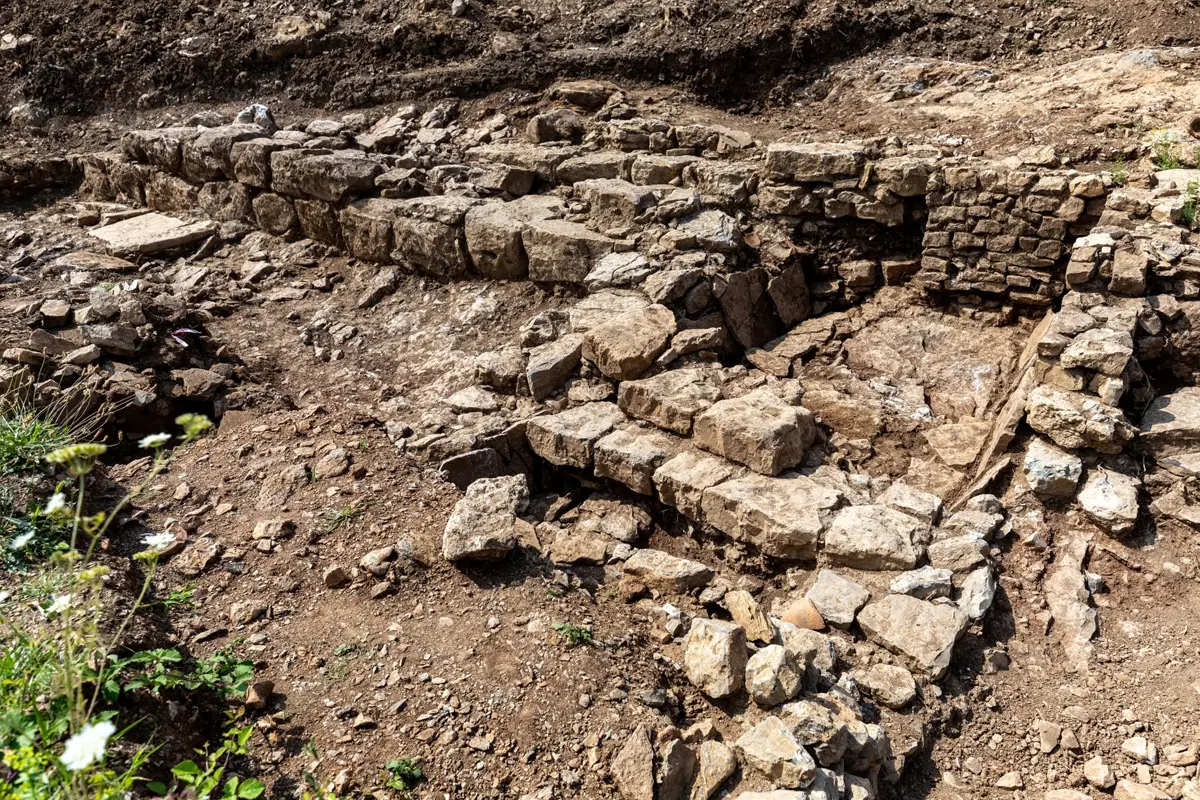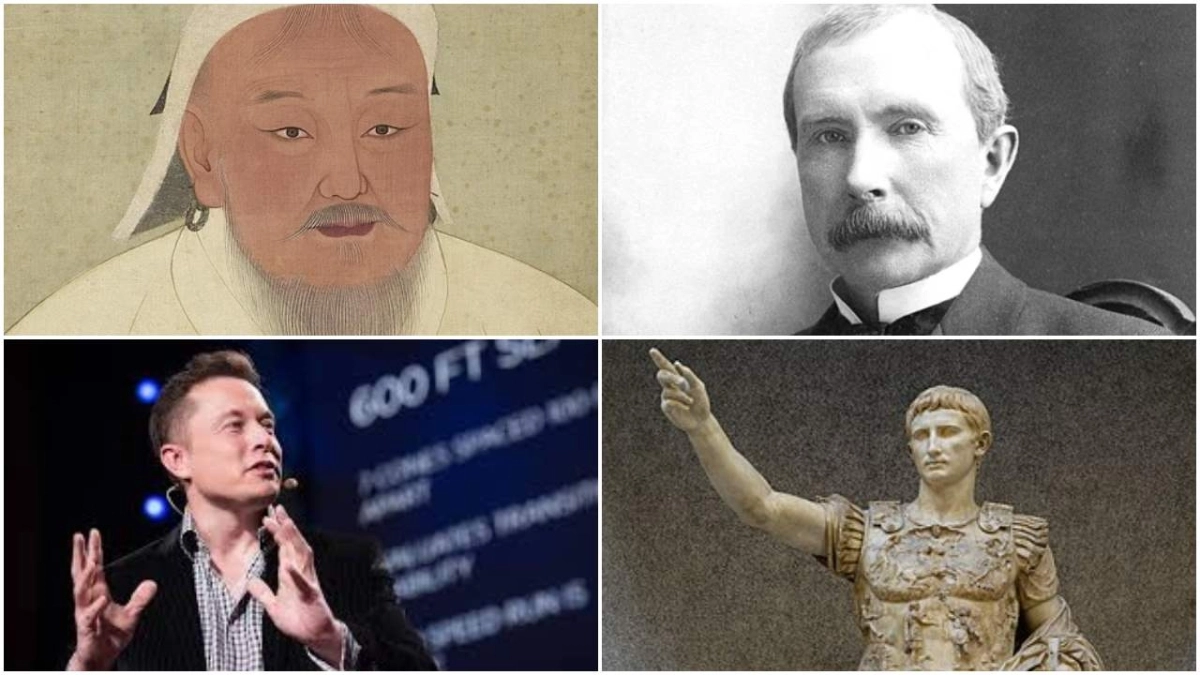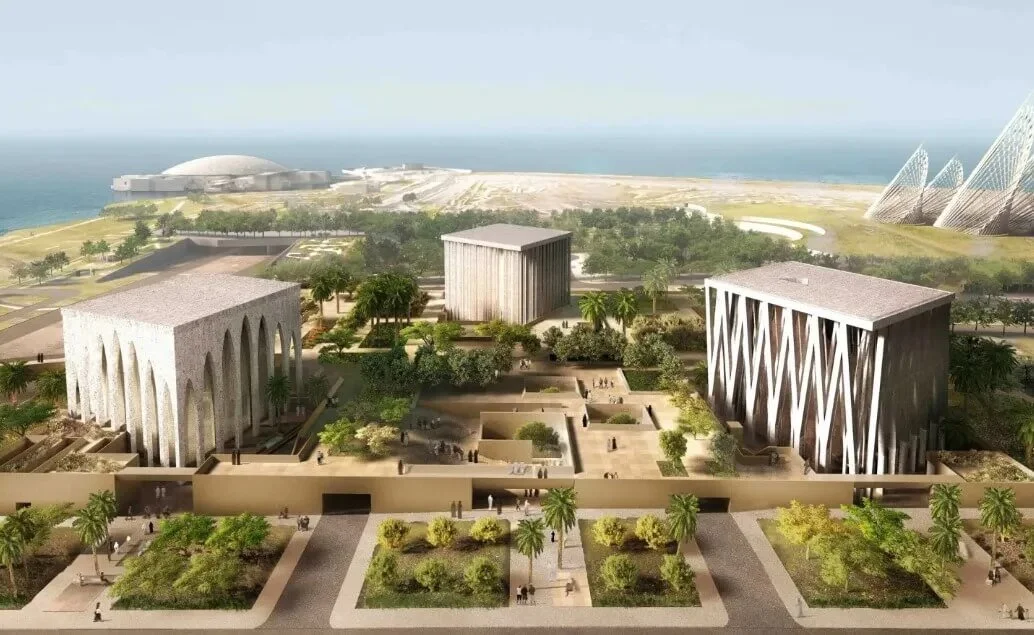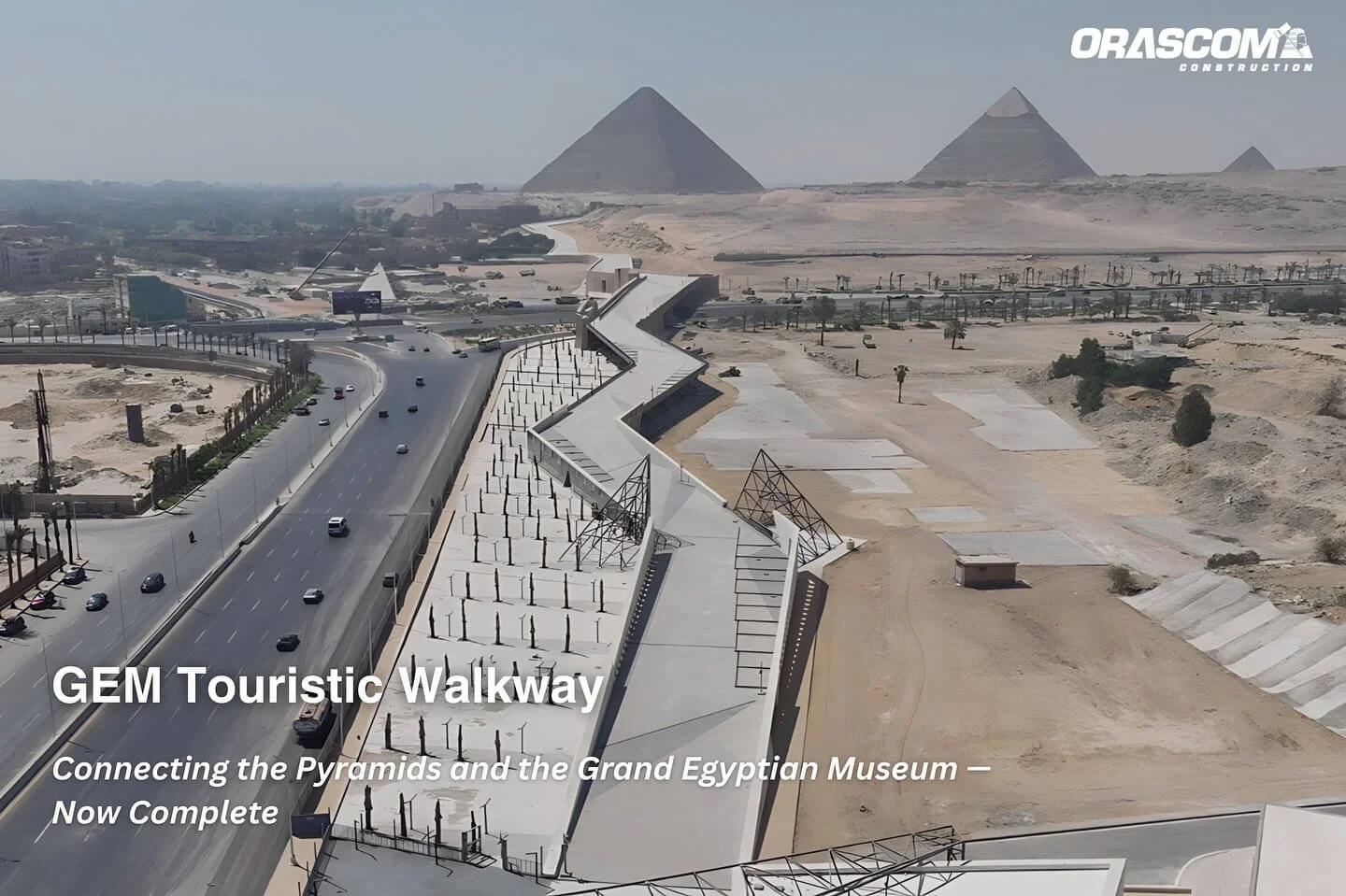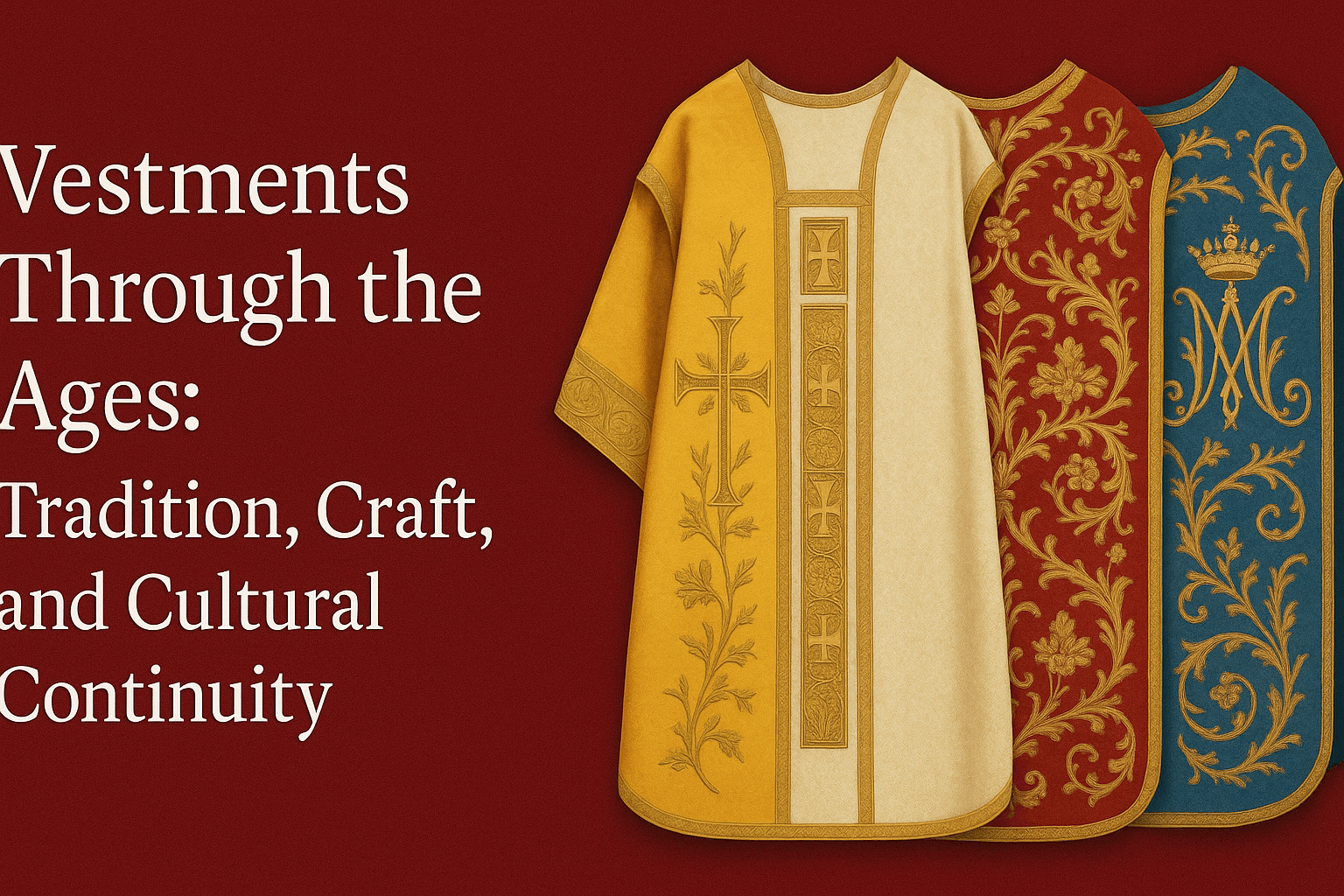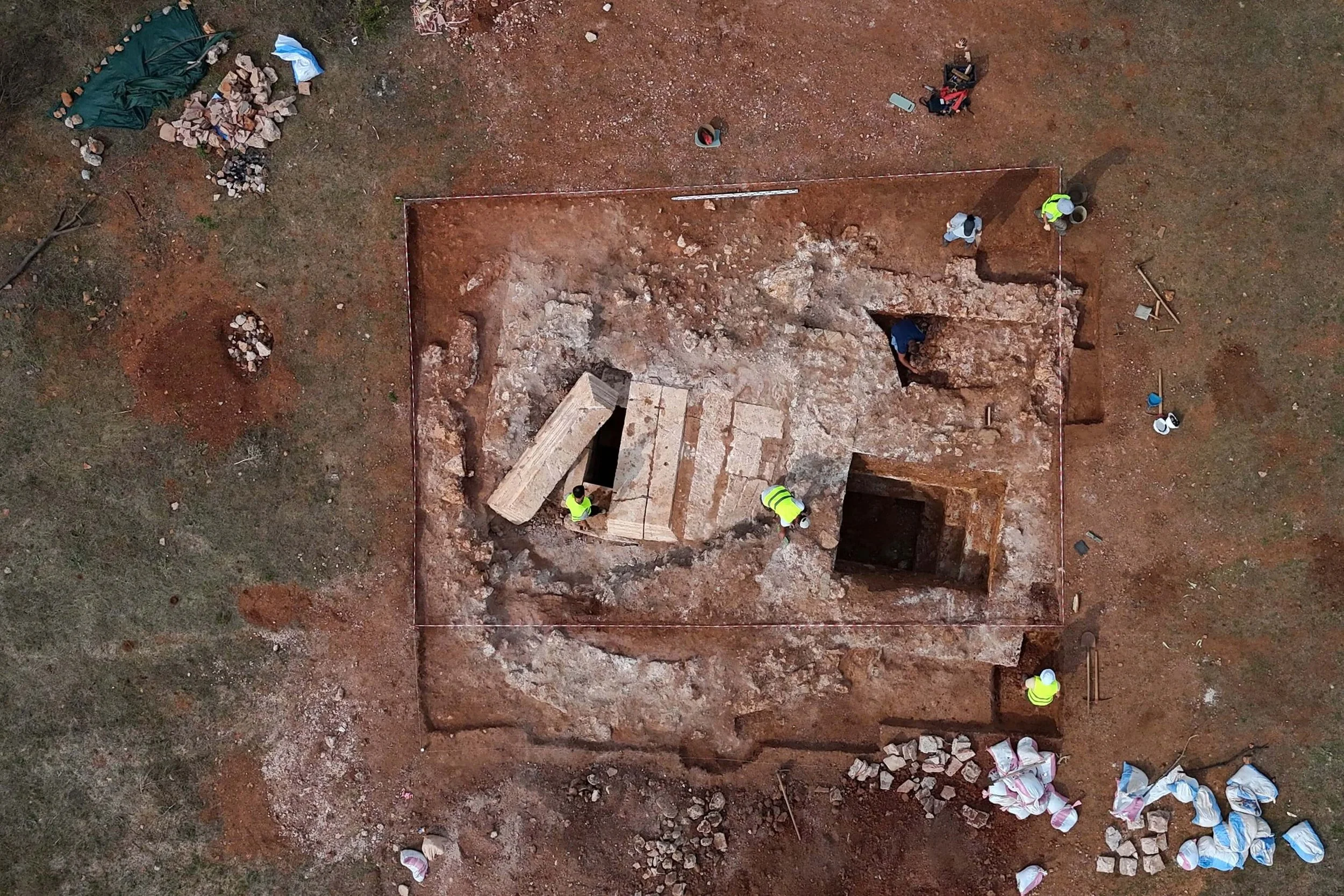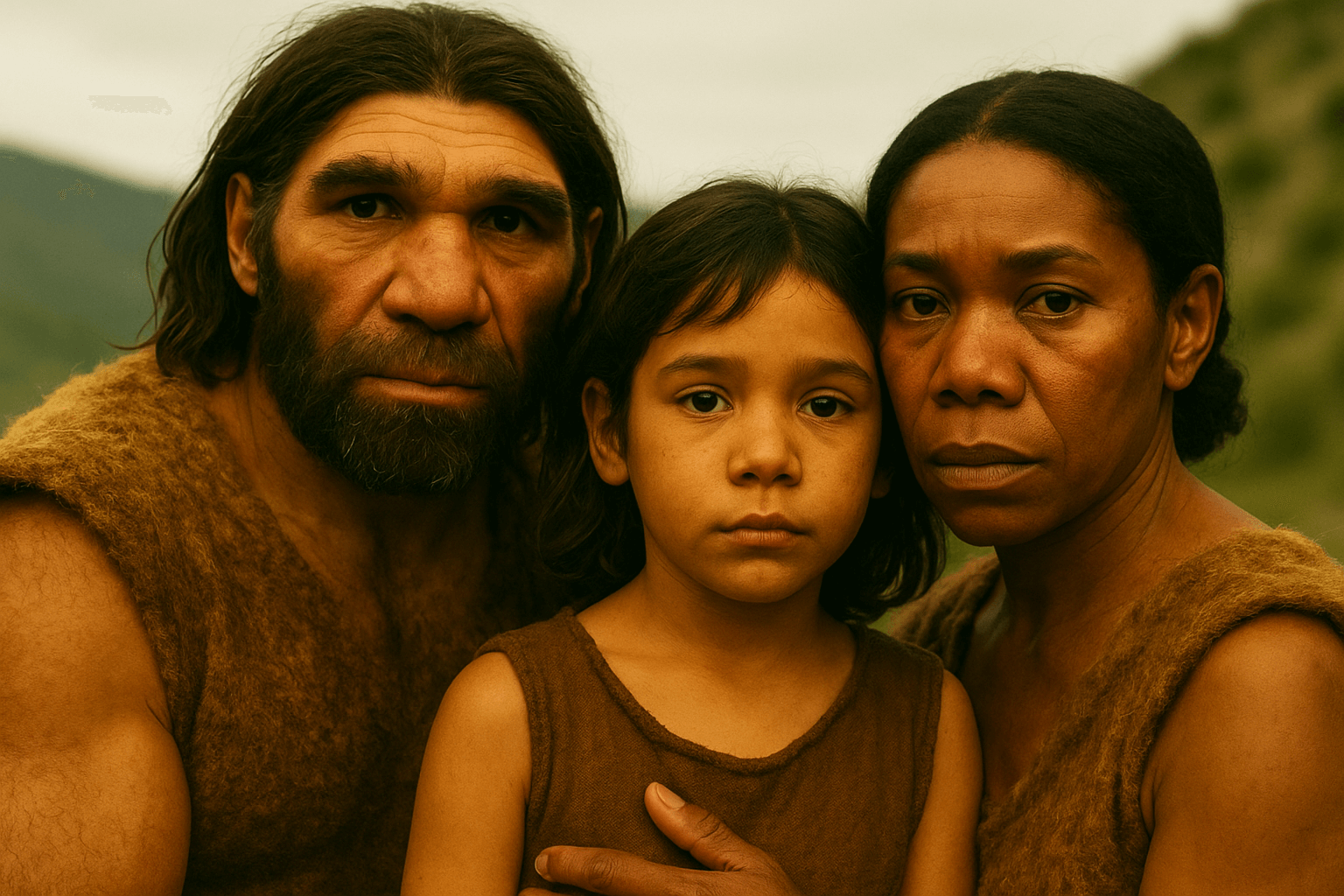Imagine you're a copper miner in southeastern Europe around 3900 B.C.E. Day in, day out, you drag heavy loads of ore through the sweltering tunnels. It’s grueling work—until one day, you see a fellow miner effortlessly hauling triple the usual load using a strange contraption. Suddenly, everything changes.
What you’ve witnessed isn’t just a handy hack—it’s the beginning of a revolution that will reshape the world.
The First Wheel?
Despite the wheel’s enormous impact on human civilization, no one knows exactly where or when it was first invented. But one compelling theory suggests it all began in the Carpathian Mountains—now part of Hungary—nearly 6,000 years ago. Archaeologists working in the region have uncovered over 150 miniature clay wagons engraved with wicker-like patterns, echoing the baskets used by local mining communities. Radiocarbon dating places them among the earliest known representations of wheeled transport.
This theory raises a fascinating question: How did an obscure, technologically limited mining community invent something that even the mighty Egyptians never managed?
Rethinking the Roller Theory
For decades, scholars assumed that the wheel evolved from simple wooden rollers. But since the 1960s, that idea has faced increasing skepticism. Rollers are hard to use: they need flat, even terrain, and once your cart passes over them, you have to carry them forward again. Not very efficient.
But inside a mine? That’s a different story. In those narrow, human-made tunnels, rollers would have been more practical—enclosed, predictable terrain with fewer variables. That led my team to revisit the roller-to-wheel hypothesis.
Two Breakthroughs That Changed Everything
The evolution from roller to wheel required two key innovations.
First, carts needed to be modified with semicircular sockets to hold the rollers in place, so they could move along with the cart without constantly being repositioned.
Second, something had to change in the shape of the rollers themselves. To explore how this might’ve happened, we turned to computer simulations.
Simulating the Wheel’s Evolution
Using engineering software, we created a program to simulate how rollers might evolve over time. Our goal: to test whether mechanical advantage—a principle that makes tools like pliers more effective—could explain the leap from roller to wheel.
We modeled hundreds of roller shapes, evaluating each for mechanical efficiency and structural strength. Over time, the algorithm gravitated toward a now-familiar form: the wheel-and-axle. It was the optimal solution.
How might this have happened in real life? One possibility is that friction between the roller and its socket caused the contact area to wear down, gradually forming a narrowed axle. Or maybe miners intentionally slimmed the rollers to help carts clear small obstacles. Either way, the changes made pushing easier—and better designs were naturally favored and copied.
Eventually, the rollers became so narrow in the middle and wide at the ends that they took on the basic structure of a wheel: an axle and two disks.
No Moment of Invention—Just Evolution
According to our theory, the wheel wasn’t invented in a single flash of genius. Like natural evolution, it emerged gradually through trial, error, and tiny improvements—refinements passed down through generations of craftspeople and laborers.
Full Circle
Thousands of years later, the invention of radial ball bearings in 19th-century Paris transformed wheeled transportation yet again. Ironically, ball bearings work just like those early rollers: small cylinders that reduce friction by creating a rolling interface between two surfaces.
In this way, the wheel's story has come full circle. Its evolution—much like its shape—follows a looping, continuous path, with no clear beginning or end. Just countless, quiet revolutions.

